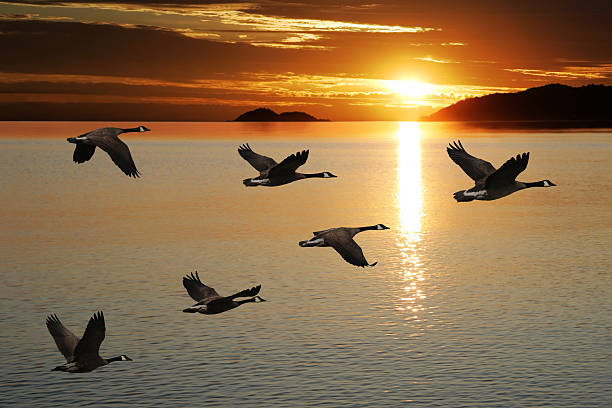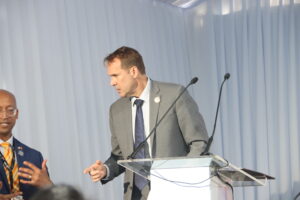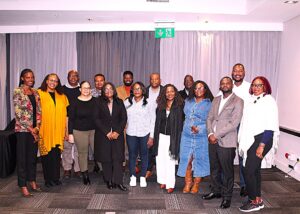Our Staff
As the world marks World Migratory Bird Day on Saturday under the theme: “Shared Spaces: Creating Bird-Friendly Cities and Communities,” environmentalists and scientists are sounding the alarm about the growing threats to migratory birds — and the ecosystems they rely on.
Migratory birds, nature’s long-distance travelers, journey across countries and continents, depending on a chain of healthy habitats to rest, feed, and breed. But as urban areas expand and the effects of climate change intensify, many of these crucial stopover sites—especially wetlands—are vanishing or degrading at an alarming rate.
“Wetlands are more than just bird habitats,” says Dr Budzanani Tacheba, Interim Executive Director of the Southern African Science Service Centre for Climate Change and Adaptive Land Management (SASSCAL). “They are lifelines for both biodiversity and human communities—supporting flood control, water purification, and carbon storage, all while providing safe havens for countless migratory bird species.”
Recognizing the urgency of protecting these vital ecosystems, SASSCAL is taking a leading role through its Wetlands Monitoring and Assessment System Tools (WeMAST) project. Funded by the African Union Commission and the European Union under the GMES and Africa Programme, the initiative uses cutting-edge Earth Observation (EO) data to monitor and manage wetlands across Southern Africa.
At the heart of the project is the WeMAST geoportal, a user-friendly digital platform that enables conservationists, researchers, and local authorities to track changes in wetland conditions in near real-time. This technological innovation has already become a cornerstone for smart, data-driven environmental stewardship in the region.
But WeMAST is more than just a monitoring tool—it’s also a capacity-building engine. Through targeted training workshops in countries across Southern Africa, SASSCAL has empowered hundreds of professionals, from national park rangers to civil society leaders, with practical skills in using satellite data for ecological monitoring, land use planning, and wildlife protection.
“This project is about more than technology—it’s about putting knowledge in the hands of those who need it most,” says Dr Tacheba. “When communities and conservation agencies have the tools and information they need, they can make faster, better decisions to safeguard our wetlands and the birds that depend on them.”
More from Africa News 24
SASSCAL highlights wetland protection on Earth Day through remote sensing innovation
This year’s World Migratory Bird Day theme emphasizes the importance of integrating biodiversity into urban planning. Dr. Tacheba echoes that sentiment, stressing that cities and natural spaces are not mutually exclusive.
“To create bird-friendly communities, we must rethink how we design our cities—incorporating green spaces, protecting natural habitats, and promoting coexistence between people and wildlife,” he says.
SASSCAL’s work aligns closely with this vision, bridging the gap between science and society to ensure that ecosystems like wetlands are protected—not only for birds but for the benefit of all life.
As nations around the globe celebrate this year’s World Migratory Bird Day, the call is clear: protecting migratory birds begins with protecting their homes. And through innovation, training, and regional collaboration, SASSCAL is helping lead that charge in Southern Africa.












